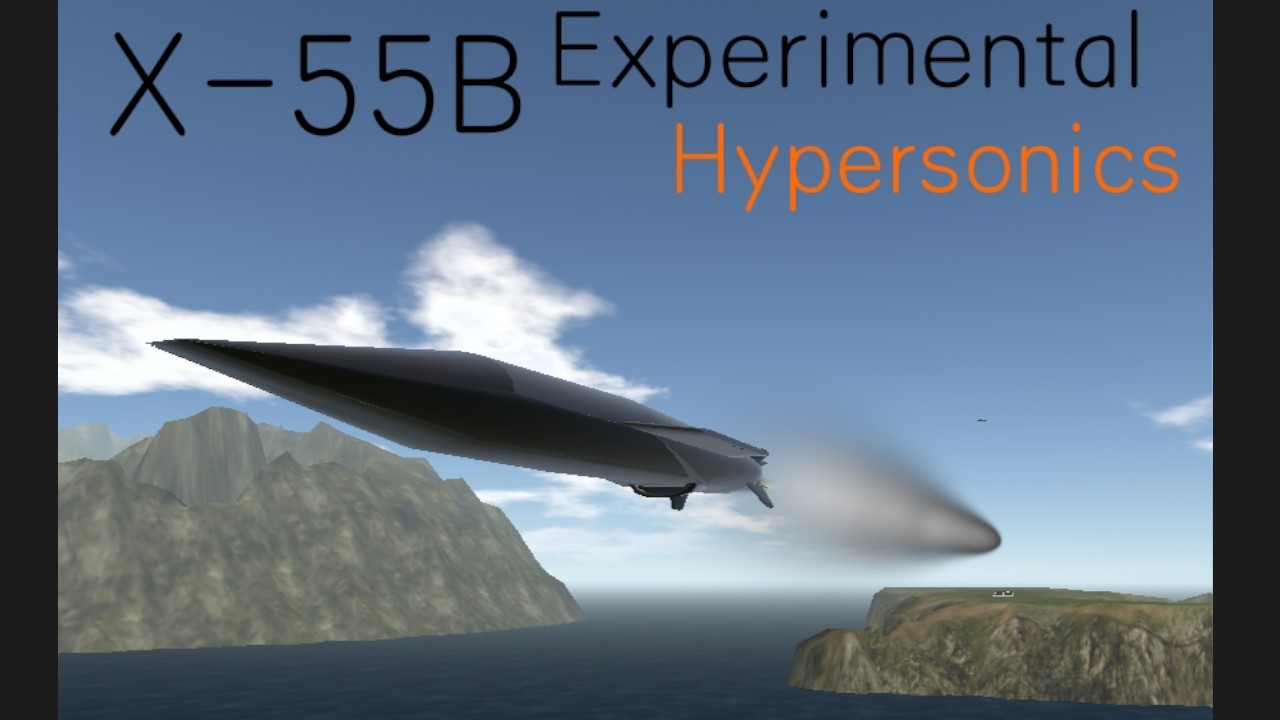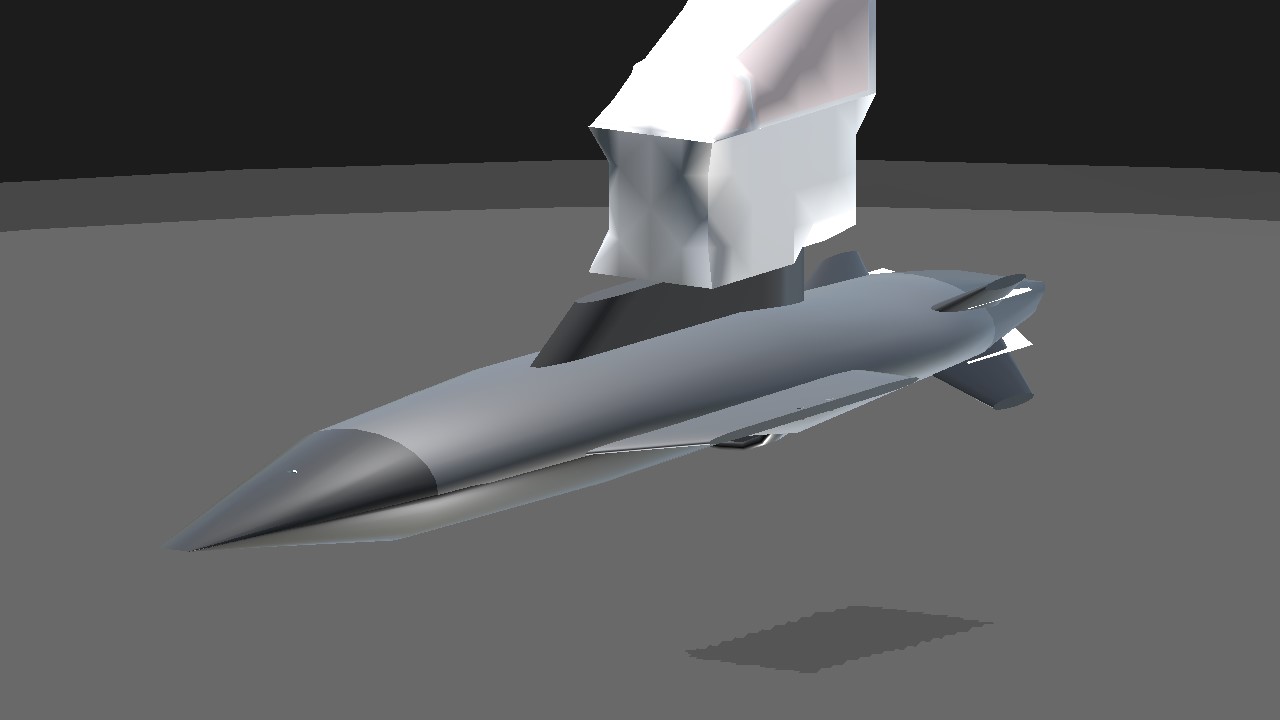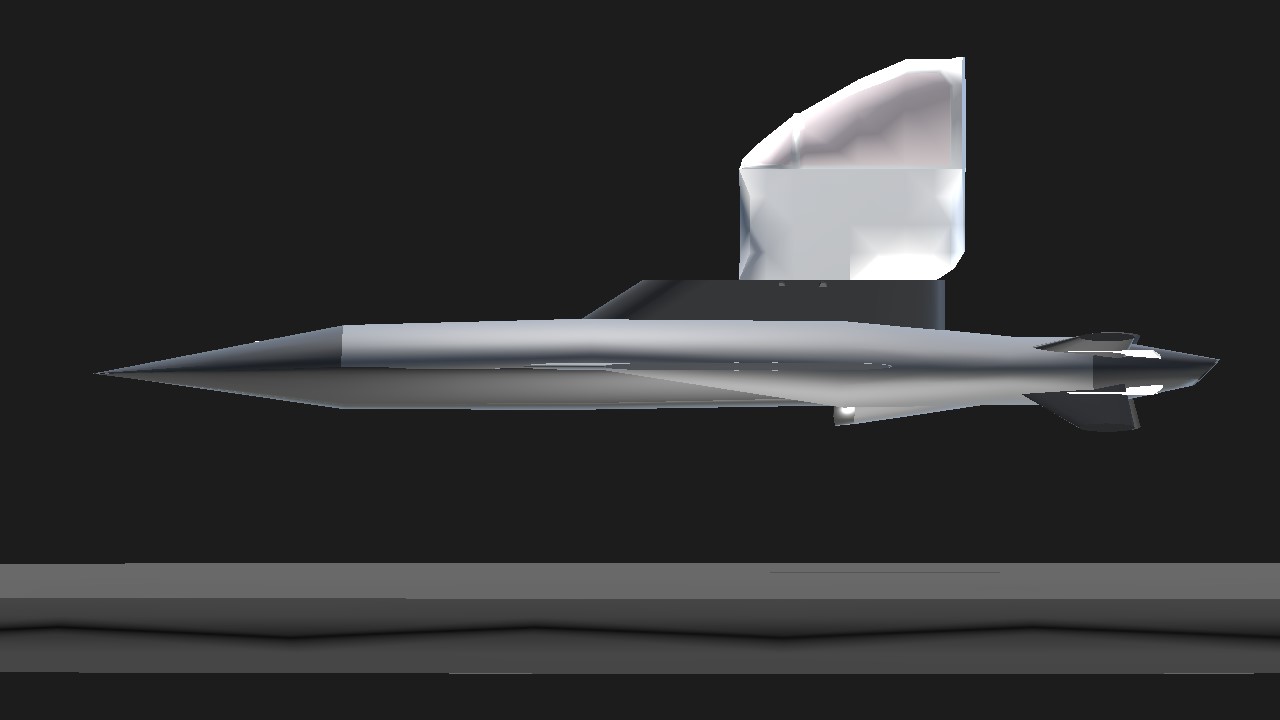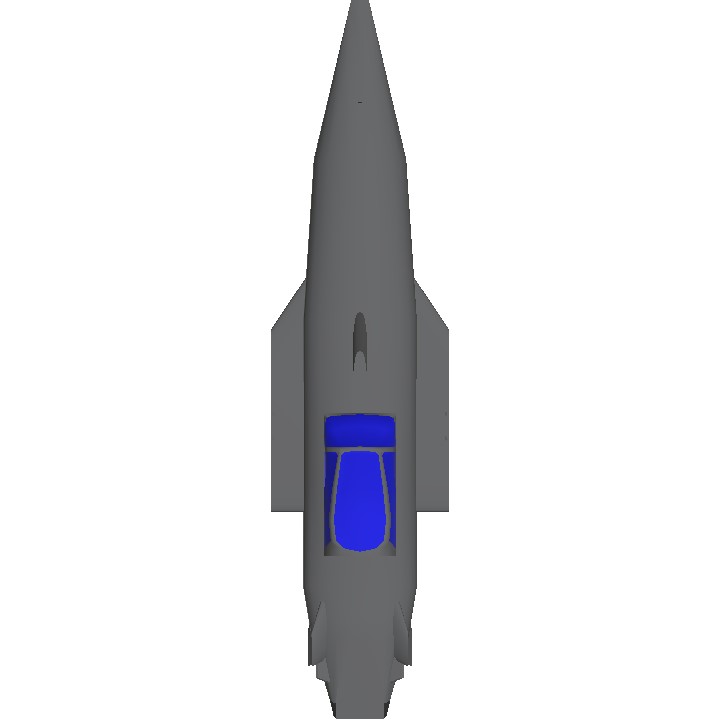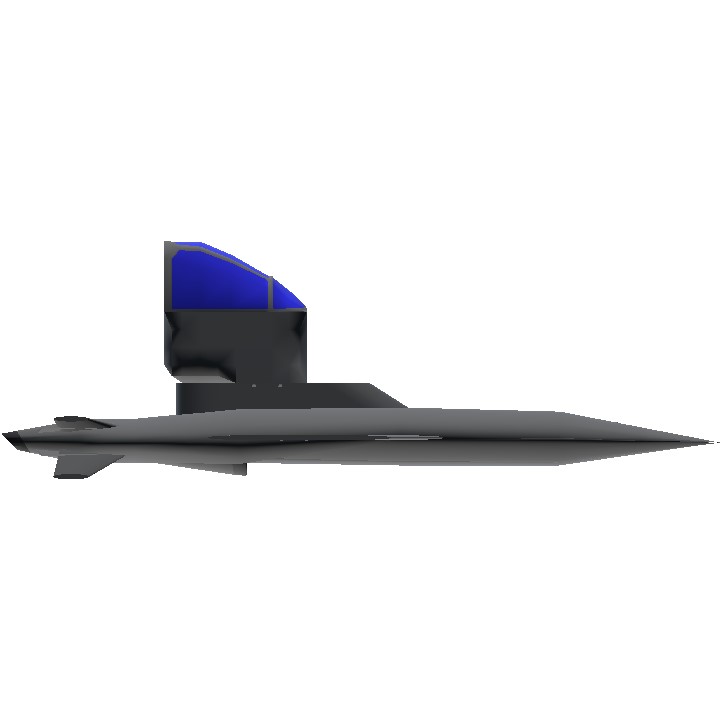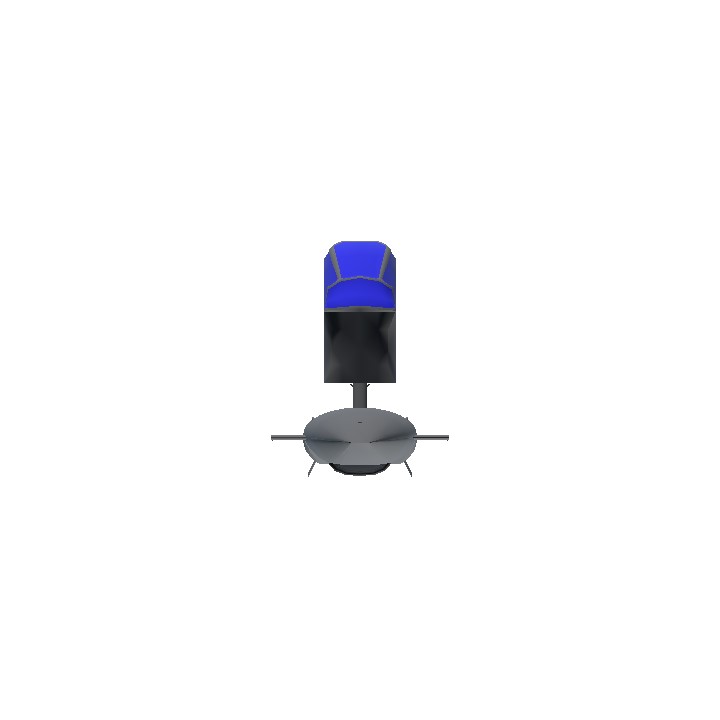The X-55B experimental hypersonic missile
Began as a venture into understanding the intricacies of hypersonic flight, with a focus on fluid and thermodynamics at extreme velocities. Designed to reach a top speed of 1,250 m/s, the missile was originally intended as a research tool. Engineers outfitted it with high-grade heat tiles at the nose to endure the intense heat generated by air friction, but the missile’s sleek, angular fuselage produced unexpected results. Its shape naturally deflected radar waves and air particles, creating an unintentional stealth capability that surprised even its designers. This discovery led to further research into hypersonic stealth technology, though advancements in heat-resistant coatings stalled.
Despite these limitations, the X-55B contributed significantly to the study of hypersonics. Its innovative design helped researchers better understand how to manage heat at hypersonic speeds and provided critical insights into the potential for stealth in future missile systems. Though the X-55B remained a test platform and never saw deployment, its breakthroughs in heat deflection and aerodynamic efficiency laid the groundwork for future advancements in hypersonic warfare.

